Le curé de village (1949)
November 11, 1949Release Date
Le curé de village (1949)
November 11, 1949Release Date
Plot.
Where to Watch.
Cast & Crew.
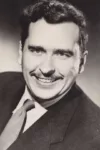
Rolland D'Amour
le détective
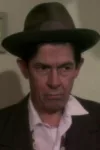
Denis Drouin
Lionel Théberge

Camille Ducharme
le notaire

Paul Guèvremont
Leblanc
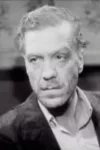
Paul Guèvremont
Leblanc
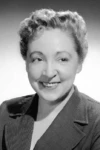
Juliette Huot
Mlle Jolicoeur

Lise Roy
Juliette Martel
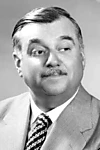
Ovila Légaré
Le curé

Lise Roy
Juliette Martel

Guy Mauffette
Noiraud

Jeannette Teasdale
Mme Theberge
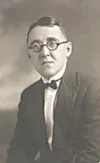
Eugène Daigneault
Le Bedeau

Blanche Gauthier
Honorine

Jeanne Quintal
La veuve Siroir

Paul L'Anglais
Producer

Palmieri
Siméon Castonguay
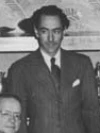
Robert Choquette
Screenplay / Novel

Paul Gury
Director

Roger Racine
Director of Photography

Morris C. Davis
Original Music Composer

Jean-Claude Robillard
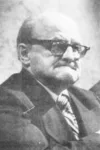
Ernest Guimond

Jeannette Legare de Guire

Fanny Tremblay

Arthur Groulx
Details.
Wiki.
The Village Priest (French: Le Curé de village) is a Canadian drama film, directed by Paul Gury and released in 1949. The film stars Ovila Légaré as a smalltown Roman Catholic priest whose skills as a spiritual and moral leader of the community are tested when Leblanc (Paul Guèvremont), a criminal fugitive originally from the town, returns home to see his estranged daughter Juliette (Lise Roy) on the eve of her wedding to Lionel Théberge (Denis Drouin).
The cast also includes Camille Ducharme, Guy Mauffette, Jeannette Teasdale, Eugène Daigneault, Blanche Gauthier, Jeanne Quintal, Arthur Groulx, Fannie Tremblay and Juliette Huot.
The film was written by Robert Choquette as an adaptation of his own 1930s CKAC radio serial Le Curé de village.
The film was screened in competition for the 2nd Canadian Film Awards in 1950. The film itself was not named Best Picture, but Quebec Productions, the studio of producer Paul L'Anglais and his business partner René Germain, received a special citation "for sustained and creative effort in establishing a feature-length film industry in Canada", collectively based on the films The Village Priest, Whispering City/La Forteresse, A Man and His Sin (Un homme et son péché) and Séraphin.
Quebec film historian Pierre Véronneau later characterized The Village Priest, A Man and His Sin and Séraphin as a group of films about "cowboys in cassocks", which transplanted some of the heroic tropes of Western films onto priests in the church-dominated society of pre-Quiet Revolution Quebec.

